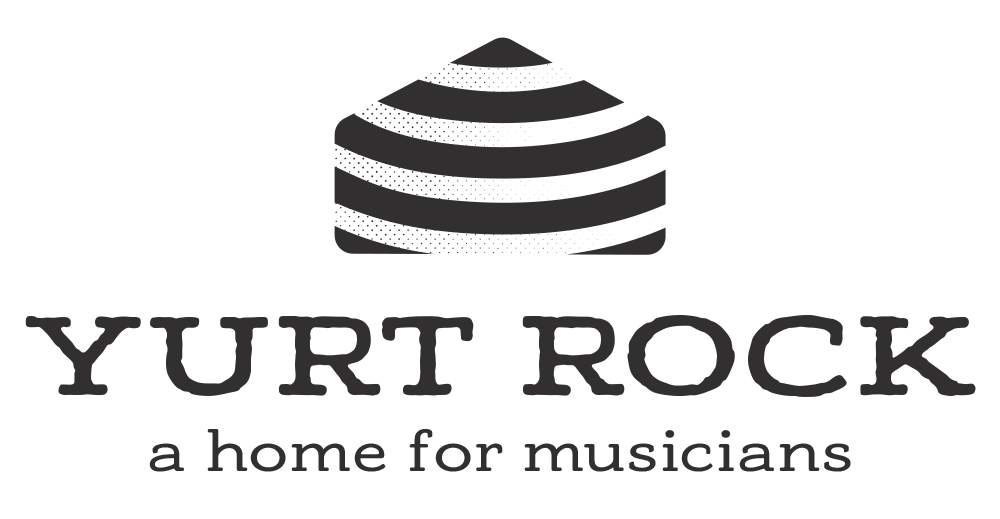Ever wondered what makes that classic 80s drum sound so special? It’s called Gated Reverb and we are going to show you how to create it.
What Is Gated Reverb?
Gated reverb works by applying a massive reverb effect to an audio track and then cutting the reverb off quickly using a noise gate. Gated reverb is most commonly used on snare recordings, but it is also often applied to tom, kick, and other instruments too. Unlike traditional reverb, there is less sustain, so you are able to maintain a clean mix and still feel the punch and roominess of your drums.
Here’s a video of Phil Collins explaining the iconic Gated Reverb sound:
Now that we understand the effect we are trying to achieve, let's learn how to create it.
How to Create Gated Reverb
Step 1: Open a new or existing session in your DAW of choice.
You can use a full multitrack session or a single audio or MIDI drum track to get started.
We’ll be using a templated Logic Pro Dry Drums Multitrack Session for the example. It includes 13 different drum tracks with effects and buses already applied for us. If you don’t have the ability to record a full drum kit or simply want a quick way to get started learning - check it out!
Step 2: Add Reverb to the Snare
Since the snare drum is the most popular instrument for gated reverb, we are going to start here.
Once you have a snare track prepared, open up your DAW’s mixer.
Within your DAW’s mixer, find your snare track and add a reverb audio effect. We are using Logic’s ChromaVerb, but any reverb will do.

Set the wetness to 100% and Dry to 0% for now. This will really exaggerate the reverb, and help us hear the gated reverb sound we are trying to achieve. We’ll adjust this to fit in our mix later.

Step 3: Gate the Reverb
Next, apply a noise gate audio effect to the snare track. Remember, the gate is used to cut off our audio and reverb at a given threshold.
In Logic, go to Dynamics→Noise Gate.

Congrats! You’ve technically created your first Gated Reverb.
Step 4: Blend It All Together
Now that we have all the effects needed to achieve gated reverb, it’s time for the fun part: mixing.
There are a few settings we will want to pay close attention to from within the Noise Gate and Reverb plugin settings. Keep in mind, every snare recording and mix is going to be a little bit different. Experiment with the various settings explained below and get creative.

Reverb Settings
- Dry
- Wetness
Noise Gate Settings
- Threshold
- Reduction
- Attack
- Hold
- Release
Interested in a professionally made 80s sounding drum bundle?
Yurt Rock has the loop packs for you! Explore our collection of 80s drum grooves in both MIDI and Audio formats so you can start writing your next 80s inspired hit.


